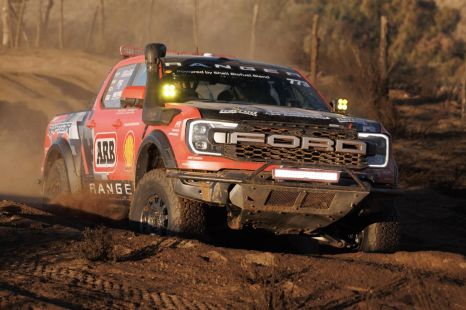

Mike Costello
Ford Ranger Raptor finishes Baja 1000, thereby tops stock category
3 Years Ago
The new-generation 2022 Ford Ranger ute has been revealed with a bolder design, more interior technology, full-time four-wheel drive in some variants, a V6 diesel option, and plug-in hybrid-ready architecture.
Ford developed, designed and engineered the Ford Ranger and Ford Everest in Australia.
Deliveries of the new Ranger have already started, with deliveries of the baja-ready Raptor set to commence this month.
Quickly see how this car stacks up against its competition. Select any benchmark to see more details.
Where expert car reviews meet expert car buying – CarExpert gives you trusted advice, personalised service and real savings on your next new car.
| Configuration | Price From* |
|---|---|
| 2.2L, 6-speed auto, Double Cab Utility, Diesel, RWD | $43,790 |
| Configuration | Price From* |
|---|---|
| 3.2L, 6-speed manual, Double Cab Utility, Diesel, 4x4 | $50,290 |
| 3.2L, 6-speed auto, Double Cab Utility, Diesel, 4x4 | $52,490 |
| 2.0L, 10-speed auto, Double Cab Utility, Diesel, 4x4 | $54,330 |
| 2.0L, 10-speed auto, Double Cab Utility, Diesel, RWD | $46,730 |
| Configuration | Price From* |
|---|---|
| 3.2L, 6-speed auto, Double Cab Chassis, Diesel, 4x4 | $52,790 |
| Configuration | Price From* |
|---|---|
| 3.2L, 6-speed manual, Double Cab Utility, Diesel, 4x4 | $53,540 |
| 3.2L, 6-speed auto, Double Cab Utility, Diesel, 4x4 | $55,740 |
| 2.0L, 10-speed auto, Double Cab Utility, Diesel, 4x4 | $63,690 |
| 3.0L, 10-speed auto, Double Cab Utility, Diesel, 4x4 | $66,690 |
| Configuration | Price From* |
|---|---|
| 3.2L, 6-speed manual, Double Cab Utility, Diesel, 4x4 | $59,990 |
| 3.2L, 6-speed auto, Double Cab Utility, Diesel, 4x4 | $62,190 |
| 2.0L, 10-speed auto, Double Cab Utility, Diesel, 4x4 | $63,690 |
| Configuration | Price From* |
|---|---|
| 2.0L, 10-speed auto, Double Cab Utility, Diesel, 4x4 | $66,190 |
| Configuration | Price From* |
|---|---|
| 3.2L, 6-speed auto, Double Cab Utility, Diesel, 4x4 | $66,790 |
| 2.0L, 10-speed auto, Double Cab Utility, Diesel, 4x4 | $68,290 |
| Configuration | Price From* |
|---|---|
| 2.0L, 10-speed auto, Double Cab Utility, Diesel, 4x4 | $79,390 |
| Configuration | Price From* |
|---|---|
| 3.0L, 10-speed auto, Double Cab Utility, Petrol, 4x4 | $85,490 |
Where expert car reviews meet expert car buying – CarExpert gives you trusted advice, personalised service and real savings on your next new car.
See our comprehensive details for the Ford Ranger
The top-selling dual-cab models have a slightly wider tub than before, and is billed as sufficient to flat-stow a 1200mm x 800mm pallet.
This was partly at the behest of junior development parter Volkswagen, which wanted the new Amarok to retain this bragging point.
Where expert car reviews meet expert car buying – CarExpert gives you trusted advice, personalised service and real savings on your next new car.
CarExpert High Resolution Photos of the Ford Ranger
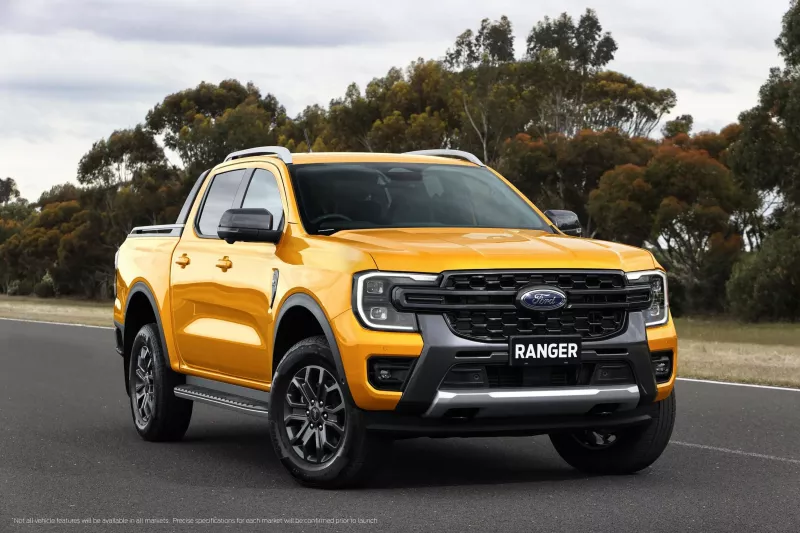


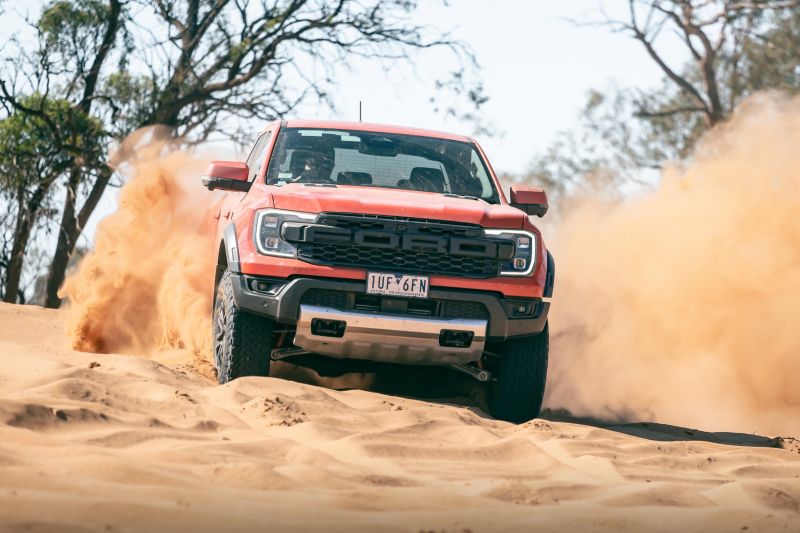


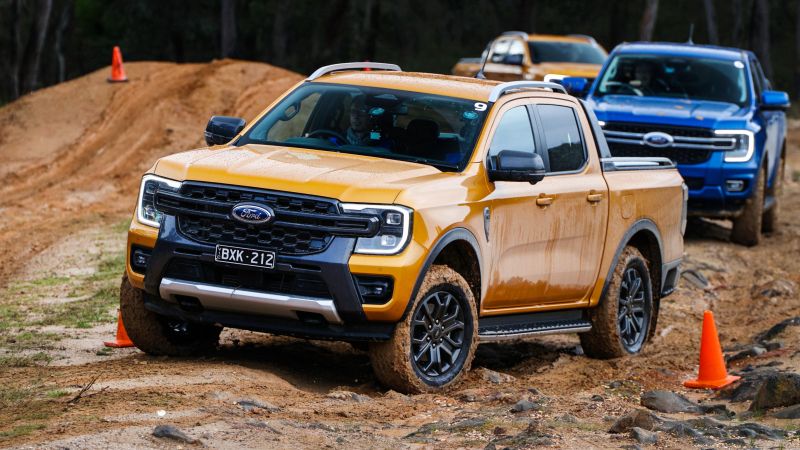
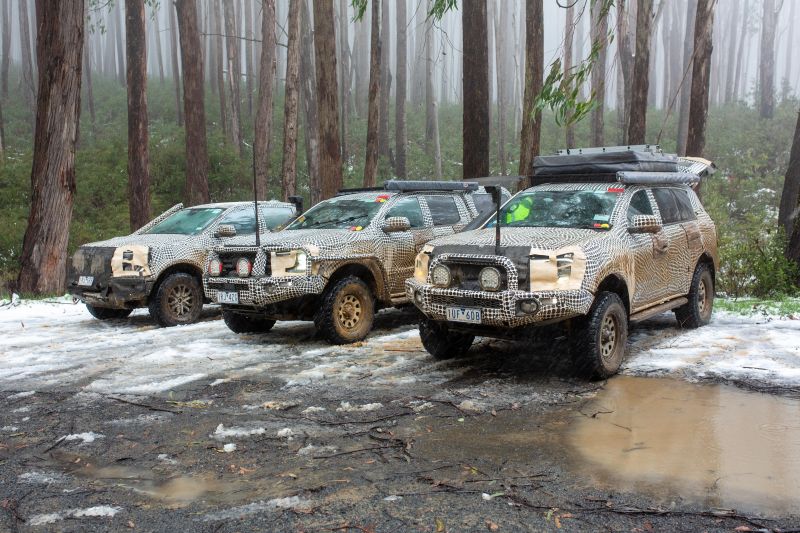
View 50 images
When it comes to designing and engineering a brand new product for a car company, there’s a degree of latitude international markets are given when it comes to the whole process. With Ford Australia being the main engine room for Ranger and Everest, they were given the reins when it came to the next-generation Ranger Raptor and were given a great deal of latitude to design a performance pickup truck that would need to stand on its own two feet in every global market from Australia to the US.
It's a very muscular and aggressive looking ute that will no doubt turn plenty of heads.
Some variants get matrix LED headlights, along with LED tail lights. The standard level of equipment is quite high across the entire range.
Other innovative features include clamp holes for the tray, a ruler built into the tray door and the ability to option a power outlet within the tray.
The interior of the new Ford Ranger is a huge step up in terms of material, fit and finish and the infotainment system. All variants except the Wildtrack gain the 10.1 inch infotainment screen and with a portrait orientation, larger than any of the screens in the outgoing Ranger and every other dual-cab ute on the market today.
The Wildtrack gets the larger 12.0-inch touchscreen, until such time as the Raptor arrives.
Each vehicle picks up Ford's SYNC4 infotainment system, which offers the ability to perform over-the-air updates, which add further features and connectivity down the track as part of ownership.
The Ford Ranger uses either a 10.1-inch portrat infotainment screen or a 12.0-inch unit.
Both come with SYNC4, which is Ford's latest infotainment system. Smartphone features include wireless Apple CarPlay and Android Auto.
Both infotainment systems also come with the ability to perform over-the-air updates to add additional features down the track.
The 2022 Ford Ranger is yet to be crash tested by ANCAP, so it remains unrated. The outgoing model received a five-star ANCAP safety rating, but it was based on testing conducted in 2015.
The 2022 Ford Ranger comes with the following standard safety equipment:
Other safety equipment such as front parking sensors, adaptive cruise control with stop/go, surround-view camera, and fully-autonomous parking assist are available on higher trim levels.
The 2.0-litre single-turbo-diesel uses between 7.6L/100km and 7.9L/100km, depending on the variant, according to ADR combined cycle testing.
Meanwhile, the 2.0-litre bi-turbo diesel is rated at between 6.9L/100km and 7.6L/100km, depending on the variant, according to ADR combined cycle testing.
The 3.0-litre turbo-diesel V6 uses a claimed 8.4L/100km according to ADR combined cycle testing.
The 3.0-litre twin-turbo petrol V6 uses in the flagship Raptor uses a claimed 11.5L/100km according to ADR combined cycle testing.
What are the running and servicing costs of a Ford Ranger?
Ford provides a five-year, unlimited-kilometre warranty.
Service intervals are every 12 months or 15,000km, whichever comes first, and the four four visits are capped at $329 apiece.
Our expert take on Ford Ranger drivability.
The Ranger’s Aussie DNA remains evident once you break out of the city limits and find yourself loping along ungraded gravel and coarse tarmac.
It rides over corrugations with a minimum of fuss, offering plenty of softness in the suspension, matched with good amounts of control on rebound — even when there’s nothing heavy in the tub.
It’s also quiet in terms of the degree to which tyre roar, wind noise, and engine gruffness are filtered out of the cabin at cruise.
While the core ladder frame and coil front/leaf rear suspension setups are familiar, Ford Australia’s engineers added 50mm in track width and moved the dampers outboard, theoretically tamping down ever further on hopping and bouncing when lightly laden.
It’s also worth noting that Rangers graded XLT, Sport and Wildtrak now have rear disc brakes rather than drums.
The Bi-Turbo four is largely familiar but Ford has made some changes to iron out some bugs that affected the first iteration – there were indeed some issues.
Its sequential, differently-sized turbos cut lag, and the gear spacings perhaps felt better in this incarnation, meaning it seemed less fussy or prone to hunt about for the perfect ratio. It does still have a slim peak torque band, but overall it’s a refined and sufficiently punchy setup.
Yes, most people will lust after the $3000 more expensive V6, but the Bi-Turbo four offers the sort of punch its displacement belies, and there’ll almost certainly be much shorter wait lists.
The headline V6 offers better punch – 30kW and 100Nm to be precise – as you would expect, as well as idle stop/start and the aforementioned permanent 4WD. It’s also quite refined from outside, with a fairly muted diesel idle.
Overall it offers more immediate punch off the mark as well as better traction in the right setup, and a superior surge of torque from 1750rpm for easier overtaking. It isn’t hard to see the appeal, and it certainly puts a D-Max or HiLux in the shade for refinement and performance.
The difference in fuel use between the four-cylinder (7.6L/100km) and V6 (8.4L/100km) is actually quite small.
What colours are available for the Ford Ranger
Ford is giving its gen-two Ranger and Ranger Raptor a handful of colours including some brilliant bright colours for the alter, including one exclusive to the flagship ute.
However, if you like 50 shades of grey – or, in this case, three – you’ll still have some options that’ll suit.
The colour palette comprises the following:
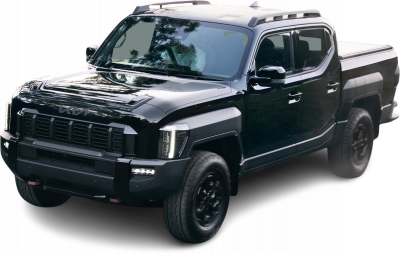
Tasman
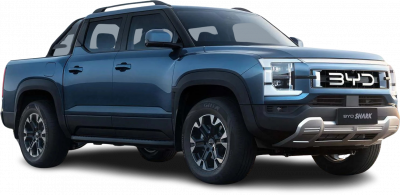
Shark 6
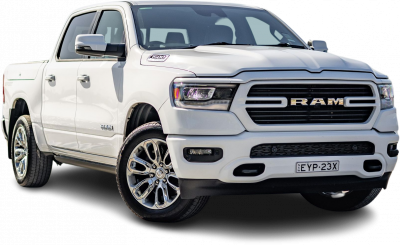
1500
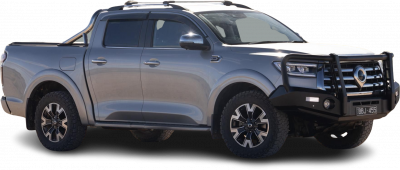
Cannon
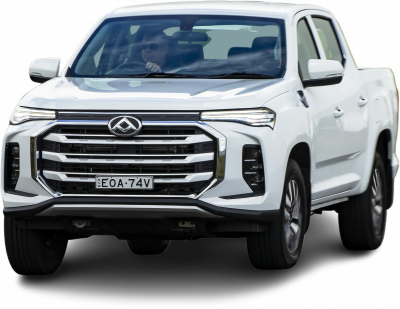
T60
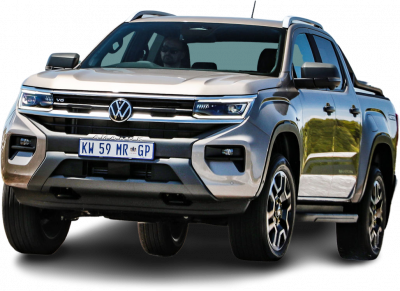
Amarok
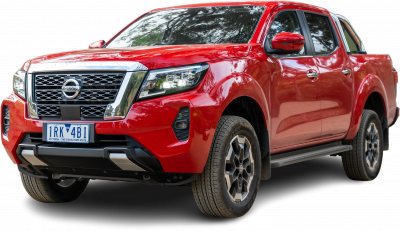
Navara
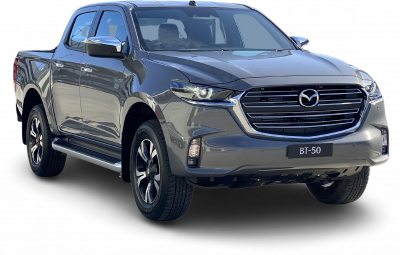
BT-50
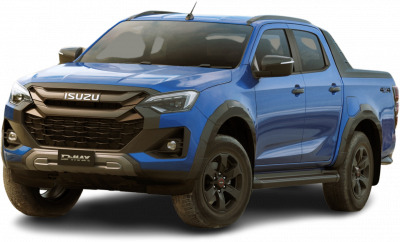
D-Max
Can’t see the car you’re considering?
Is this the right car for you? Out experts buy or not guide.
The old Ranger was still among the best utes right to the end of its life, so the fact this new one is clearly the best option in its class should not surprise you.
The new V6 with full-time 4×4 is great for those who tow, the interior has improved ergonomics and flashier screens to be more SUV-like than ever, it has clever little touches like its app-based functions and the rear box step, and there’s a grade to suit everyone.
It also retains the Ranger’s signature ride quality over corrugated gravel and coarse Aussie B-roads since it was born on them, has slightly more connected-in-feel electric power steering, and walked all over the off-road challenges we collectively threw at it.
Where expert car reviews meet expert car buying – CarExpert gives you trusted advice, personalised service and real savings on your next new car.
The cheapest Ford Ranger is the XL that starts from $29,190.
The most expensive Ford Ranger is the Raptor that starts from $85,490.
The best towing capacity of a Ford Ranger is 3500 kg offered by the following variants: XL, XL Sport, XLS, XLT, XL Heavy Duty, Sport, FX4, Wildtrak, FX4 MAX and Wildtrak X.
The largest Ford Ranger is the Raptor X which measures 2028mm wide, 5398mm in length and sits 1873mm tall.
The most powerful Ford Ranger is the Raptor which has 292kW of power from its 3.0L TURBO GASOLINE DIRECT INJECTION & MULTI-POINT engine.
The Ford Ranger is built in Thailand and shipped to Australia.
The heaviest Ford Ranger is the Wildtrak which weighs 3350 kg (kerb weight).
The Ford Ranger may use different fuel/energy types based on the variant which includes diesel or premium unleaded.